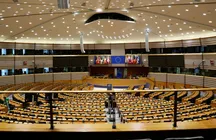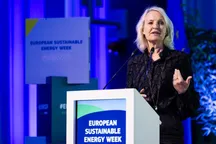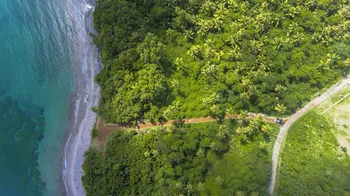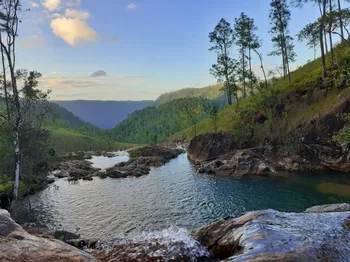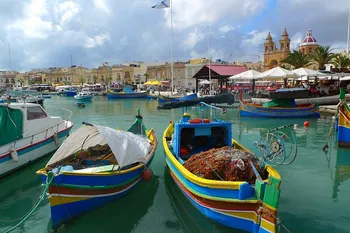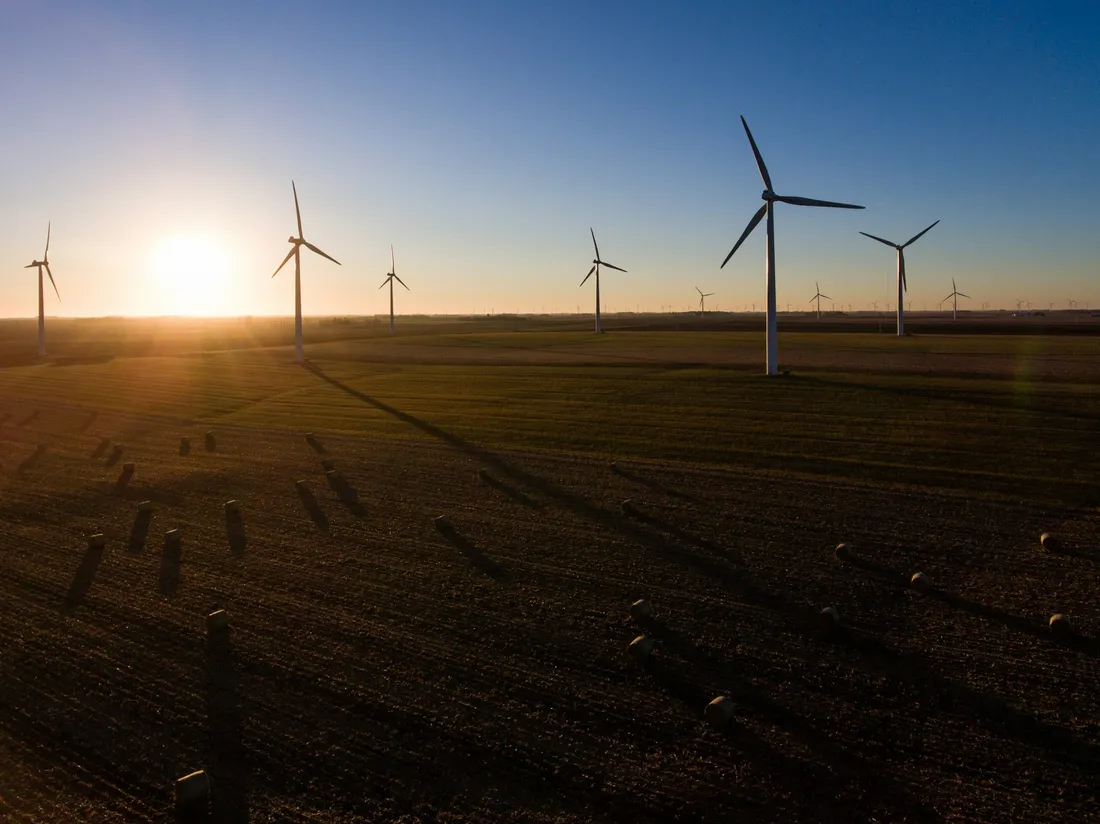
Project Overview
The Namaacha Wind Farm will be located approximately 50 kilometers west of Maputo, the capital city of Mozambique. With a capacity of 120 megawatts (MW), the project is expected to generate around 331.6 gigawatt-hours (GWh) of clean energy annually. This output will be essential for both local consumption and regional electricity trade through the Southern African Power Pool (SAPP).
The total investment required for this project is estimated at $224.5 million, which will be funded through a combination of AfDB financing and contributions from other institutions such as the International Finance Corporation (IFC) and the U.S. International Development Finance Corporation (DFC).
Investment Breakdown and Funding Sources
The funding structure for the Namaacha Wind Farm includes:
- $54 million from the African Development Bank
- $12 million from the Sustainable Energy Fund for Africa (SEFA)
- Additional financing from the IFC, DFC, Emerging Africa and Asia Infrastructure Fund (EAAIF), and Private Infrastructure Development Group’s Technical Assistance.
- Total project budget: $224.5 million.
This financial backing not only supports the construction of the wind farm but also aligns with Mozambique's broader renewable energy strategy aimed at diversifying its energy mix away from hydropower and natural gas.
Socio-Economic Benefits
The Namaacha Wind Farm is poised to deliver numerous benefits to Mozambique:
- Job Creation: The construction phase is expected to create around 600 jobs, including targeted positions for women (120 roles) and youth (300 roles). Once operational, it will sustain approximately 20 permanent jobs.
- Environmental Impact: By replacing fossil fuels with wind energy, the project aims to reduce annual CO₂ emissions by about 71,816 tons, contributing significantly to Mozambique's climate commitments under the Paris Agreement.
- Energy Security: The wind farm will enhance local energy supply while facilitating regional electricity trade, thereby improving access to affordable and reliable energy sources for communities across Southern Africa.
- Economic Growth: The project aligns with Mozambique’s goal of increasing its installed capacity by 2,300 MW by 2030 and providing five million on- and off-grid connections.
- Technological Advancement: This initiative showcases the potential of renewable technologies in driving sustainable growth and economic resilience in Mozambique.
Kevin Kariuki, AfDB Vice President for Power, Energy, Climate, and Green Growth, emphasized that this wind project represents a crucial step towards advancing clean energy solutions in Africa.
The Namaacha Wind Farm is not just a project; it is a transformative initiative that holds the promise of reshaping Mozambique's energy landscape while fostering socio-economic development. As Mozambique embarks on this journey towards sustainable energy production, it sets a precedent for other nations in the region to follow suit in harnessing renewable resources for a cleaner and more resilient future.
This project exemplifies how strategic investments in renewable energy can yield substantial benefits for communities while addressing pressing environmental challenges. As such, it stands as a beacon of hope for achieving universal access to electricity across Africa by 2030.
